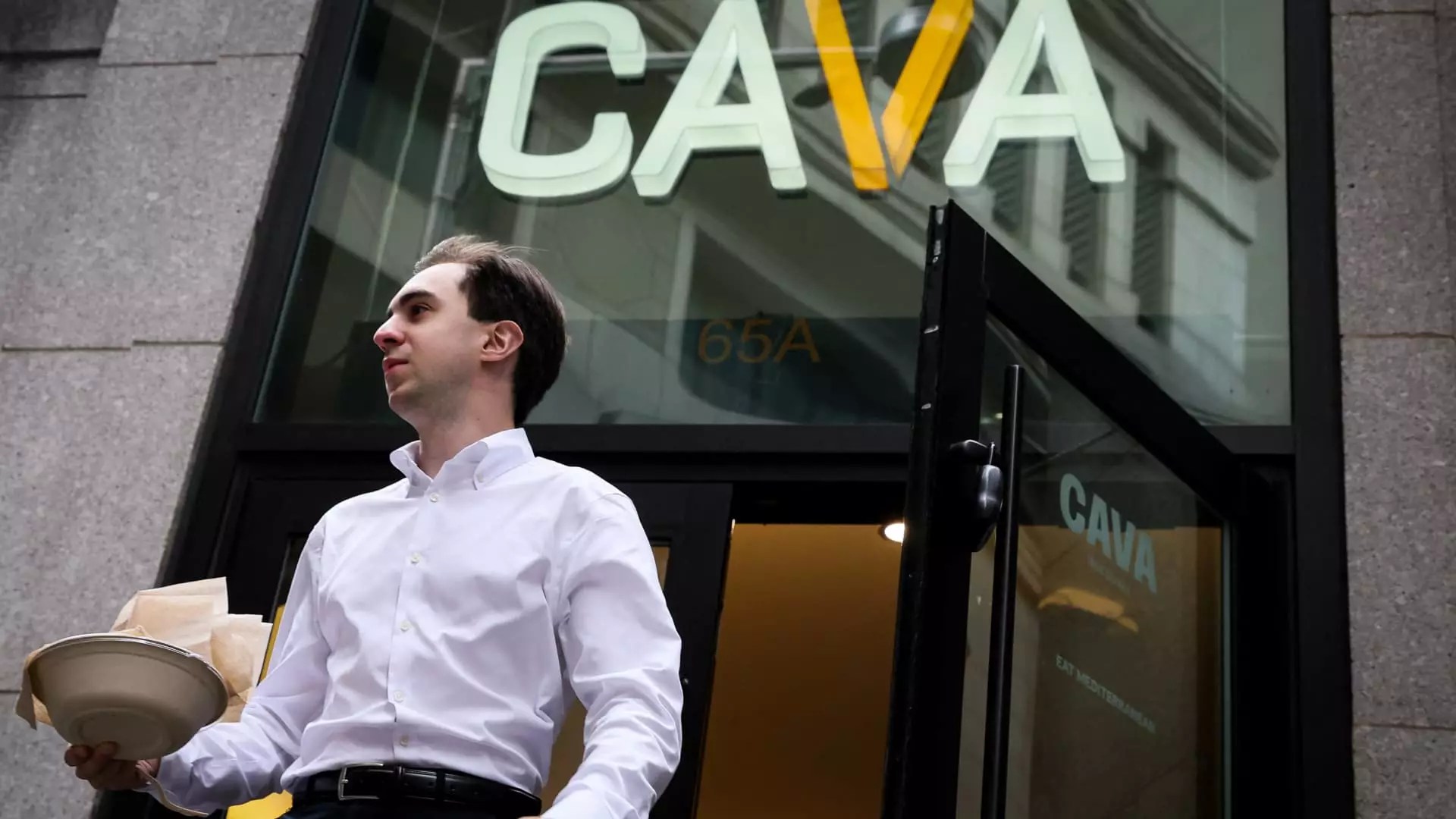In an era marked by economic turbulence and shrinking consumer budgets, the fast-casual restaurant industry is facing an ominous reality: fewer visits, diminished sales, and mounting pressure to stay afloat. While many business sectors falter under these conditions, quick-service eateries have discovered a formidable strategy to cling to their customer base—loyalty programs. What started as optional perks have evolved into essential tools for survival, effectively transforming into the backbone of modern marketing efforts amidst fiscal austerity.
Loyalty initiatives are no longer mere tokens of appreciation; they are now strategic assets designed to forge and sustain consumer relationships in a climate of declining foot traffic. According to marketing scholars and industry insiders, these programs are critical for maintaining relevance and mitigating the effects of consumer caution. They function as a psychological anchor, encouraging repeat visits while subtly influencing purchasing habits.
An insightful examination by Wharton’s Peter Fader emphasizes that, during tough economic times, loyalty schemes become the “required ingredient” for businesses seeking to stay competitive. They are no longer optional; they are imperative. Companies are not just offering rewards—they are cultivating dependency, embedding their brands into consumers’ routines in ways that money alone can’t purchase.
Consumer Behavior Shift: Loyalty Transcending Discounts
The current market landscape paints a stark picture: monthly patronage in the restaurant industry has only sporadically increased, with most brands reporting stagnant or declining traffic. This contraction exposes the fragility of traditional marketing channels. In response, chains like Starbucks, Chipotle, and Potbelly are doubling down on their loyalty programs—transforming them from simple point-earning schemes into multi-layered engagement engines.
Starbucks, a pioneer in rewards management, boasts over 34 million active members, with a significant portion of transactions (over 59% in the U.S.) originating from these loyalists. Such figures reveal a clear trend: members tend to spend more frequently within the brand ecosystem, with the data showing they visit twice as often as nonmembers. This behavioral shift illustrates that loyalty programs are effective tools for fostering habitual patronage, especially when consumers are more deliberate about how they allocate their limited discretionary spending.
Similarly, Chipotle’s rewards system, with over 20 million active members, contributes to about 30% of daily sales. These figures suggest that the program acts as a buffer against the economic slowdown, enabling the burrito chain to avoid painful price hikes that could alienate core customers. Nicole West, Chipotle’s vice president of digital experiences, emphasizes that this loyalty-driven engagement is rooted in genuine brand affinity, which is crucial when economic confidence wanes.
Potbelly’s recent digital transformations and the introduction of more flexible redemption mechanisms exemplify the industry’s shift towards instant gratification. By streamlining how customers earn and use rewards—such as offering over 14 menu items through their coin-based system—these brands are actively encouraging frequent visits and higher spend per transaction.
The Creativity and Risks of Loyalty Initiatives
As consumer fidelity becomes more vital, companies are innovating beyond standard discounts, experimenting with gamified elements, personalized offers, and surprise rewards. Cava’s recent revamp of its rewards program exemplifies this trend—adding in-app challenges, limited-time offers, and delightful surprises like free pita chips to sustain enthusiasm.
However, these initiatives are not without pitfalls. Giving away freebies and discounts can erode profit margins, particularly within a sector characterized by razor-thin profit margins. Hence, brands must strike a delicate balance: they need to incentivize repeat business without jeopardizing financial health. This balancing act explains why some chains, even influential ones like Starbucks, are making controversial adjustments—reducing gamification rewards while boosting base earning rates to maintain participation levels.
The case of Starbucks’ removal of the reusable cup bonus in favor of double stars across all purchases exemplifies the often difficult decisions brands must make. While loyalists might feel shortchanged, the broader metrics indicate continued stable engagement. This highlights that loyalty strategies are adaptable but require savvy management to align consumer expectations with business sustainability.
Potbelly’s shift to a coin-based system that offers faster rewards redemption and more accessible menu choices embodies a pragmatic approach. The immediacy of rewards, paired with increased choices, feeds into a psychology of quick gratification—encouraging more frequent visits and greater spending. Such tactics reveal an understanding that in turbulent times, loyalty is as much about habit-forming convenience as it is about perceived value.
While the industry’s pivot towards innovative loyalty programs appears promising, it’s important for business leaders to acknowledge the limits of this approach. Relying heavily on freebies and discounts to combat declining consumer traffic can be a double-edged sword, risking profitability and long-term brand integrity. Nevertheless, brands that understand the psychology behind loyalty—emphasizing genuine engagement, personalization, and value—stand a better chance to weather the storm.
In a landscape where economic uncertainty is unlikely to dissipate soon, the strategic deployment of loyalty programs is arguably the most pragmatic path forward for fast-casual chains. They might not be a cure-all, but within the harsh realities of today’s market, they are arguably the best tool to both retain current customers and attract new ones willing to develop a dependence on your brand.


Leave a Reply